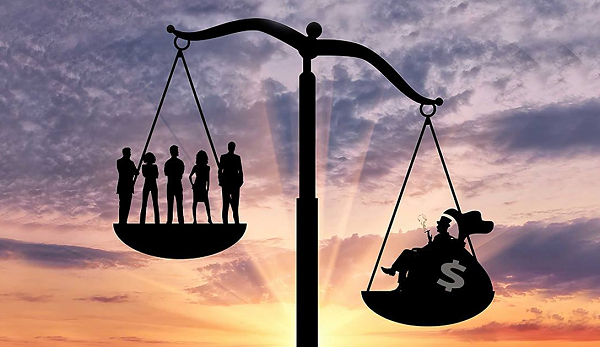Views on societal (in) equality
The University of Ghana’s College of Humanities (UG-COH) organized an International Research Conference (IRC) at the Cedi Conference Centre (CCC) on campus on October 13 and 14, 2022.
It offered the opportunity for participants to meet (both virtual and in-person) to ponder over relevant issues regarding societal inequalities, vis-à-vis glaring prospects, and challenges for sustainable development.
There were 150 papers succinctly presented by enthusiastic individuals and groups from Ghana and 17 other countries across the globe.
The discussions at the panel and parallel sessions covered youth-related matters, COVID-19, vaccine diplomacy, poverty, culture, migration, and climate change.
Others were on public health policy, vulnerable groups, gender, religion, education, business, economics, the media and Information Technology and Communication (IT&C).
UG-COH:
The College consists of six schools – Arts, Business, Language, Law, Performing Arts, and Social Sciences, and facilitates teaching and learning of humanities at the undergraduate and postgraduate levels.
It also engages in advocacy and provides leadership in national and related global policy discussions.
It is also home to the UG Institute of Statistical, Social and Economic Research (ISSER); Institute of African Studies (IAS), Regional Institute for Population Studies (RIPS), as well as the (Centres) for Migration Studies (CMS), Social Policy Studies (CSPS), Language, International Affairs and Diplomacy (LECIAD), Gender Studies and Advocacy (CEGENSA).
Concept, inequality
Inequality, in the context of the conference papers presented, refers to the phenomenon of unequal and/or unjust distribution of resources and opportunities among members of society.
It often means different things to different people in varied contexts, but it encompasses distinct, yet apparently overlapping, economic, social, and spatial dimensions.
In mathematics, an inequality is a relation that makes a non-equal comparison between two numbers or other arithmetic expressions – basically, to objectively compare their sizes on the number line.
It may appear that because everyone is different, achieving equality is impossible. It is noteworthy, however, that equality and inequality are not opposed to each other; some experts view equality simply as the “zero point” on the infinite range of inequality.
Awareness
There has been increasing awareness of inequalities within and across social groups. This is most pronounced in the food, nutrition, agriculture, and financial (income-related) sectors of national and global economies.
Both factors are skewed (not “normal”) in their distributions, with about one-third of the population having access to, and enjoying, adequate income and resources to acquire property, enjoy recreational facilities, etc., and enjoy the best nutritious food available, for example.
Socio-economic status
The existence of inequality depends on the socially recognized difference(s) regarding certain variable(s).
Those may be a basis for socially imposed inequalities, as with gender, for example. It could also be a real cause of it, as it is with some considerable differentials in health status.
In statistical parlance, inequality is a form of variation which must be well understood, especially when socioeconomic status (SES) is being used as a primary exposure for a disease or is considered a potential confounder and/or an effect modifier of the epidemiological association(s) between a putative risk factor and a disease of public health interest (e.g., COVID-19).
SES is a composite index that is quite difficult to determine. Many attempts have been made earlier, typically using income, employment, and educational attainment as the key variables.
Given the fact that there could be more factors beyond income, employment, and education (e.g., number of rooms available to a household, dwelling facilities, marital status, household size, property ownership, etc.), a broader indicator carefully incorporating other variables should be explored.
This would ensure the reduction, if not the elimination, of any potential misclassification of SES and residual confounding in our research endeavor.
Inequality per se, is not a natural or inevitable condition, and therefore we can do something positive to change it.
Health and life expectancy are heavily influenced by some formidable undertones of inequality. These vary across societies, with the advantage tilted more towards affluent societies.
Within societies, there are generally clear and persistent gradients according to stratification levels, with the higher SES bracket being significantly better health-wise.
Some countries have taken a range of initiatives to tackle these inequalities and their ludicrous legacies of discrimination, through social protection schemes and the generic monitoring of vulnerability.
The approach has been to reach those disadvantaged, adjusting for culpable factors, by focusing on poverty reduction.
For instance, there are examples of some lively and flourishing developments in the design of policy to address the challenges of globalization and its concomitant inequalities. More efforts are needed.
The writer is a Harvard-trained freelance writer on science and public health matters.



